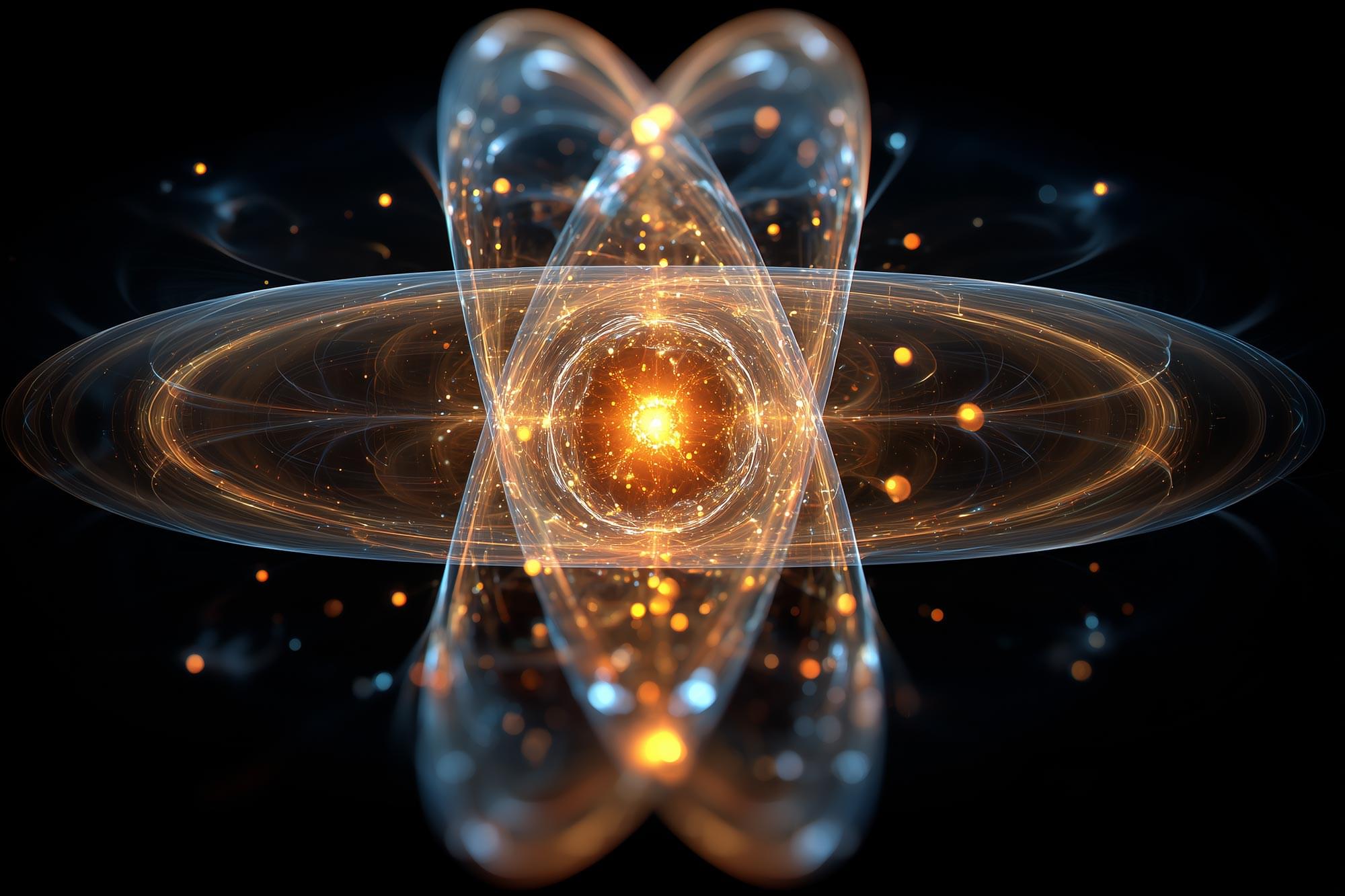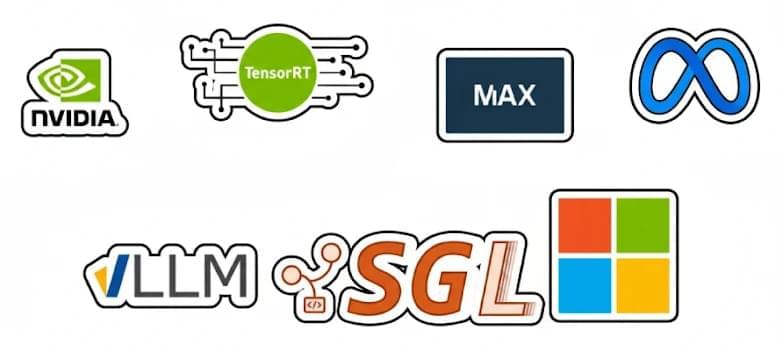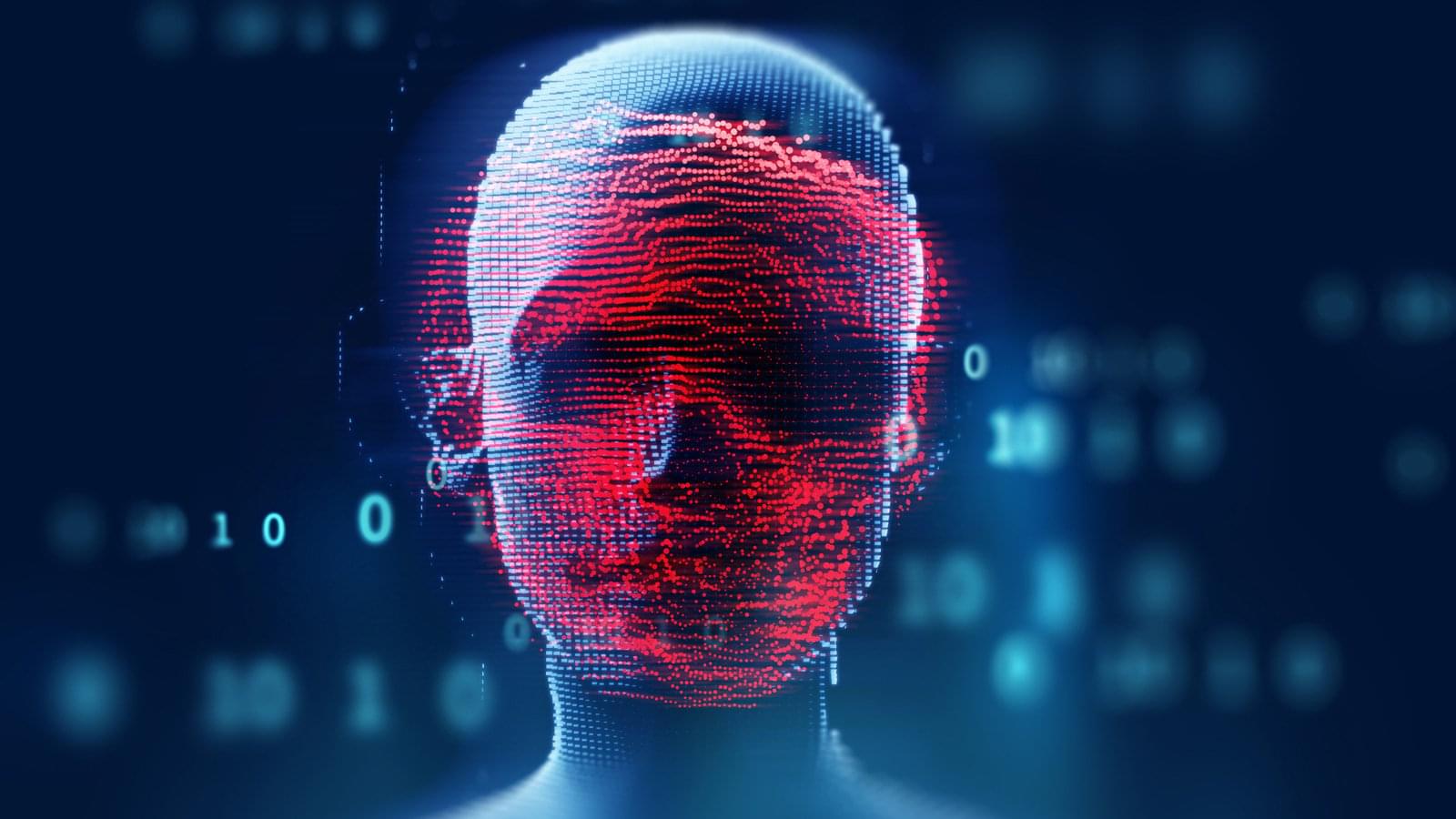Scientists learned that reading a quantum clock requires orders of magnitude more energy than running it. This surprising imbalance reveals that observation itself shapes the flow and thermodynamics of time.








Google is backpedaling on its decision to introduce new identity verification rules for all developers, stating that it will also introduce accounts for limited app distribution and will allow users to install apps from unverified devs.
As announced in August, Google was planning to introduce what it called “Developer Verification” starting in 2026 to block malware spreading via sideloaded apps sourced from outside the official Google Play app store.
The new rules require that all apps must originate from developers with verified identities to be installed on certified Android devices; otherwise, their installation will be blocked.

ASUS has released new firmware to patch a critical authentication bypass security flaw impacting several DSL series router models.
Tracked as CVE-2025–59367, this vulnerability allows remote, unauthenticated attackers to log into unpatched devices exposed online in low-complexity attacks that don’t require user interaction.
ASUS has released firmware version 1.1.2.3_1010 to address this vulnerability for DSL-AC51, DSL-N16, and DSL-AC750 router models.

Anthropic reports that a Chinese state-sponsored threat group, tracked as GTG-1002, carried out a cyber-espionage operation that was largely automated through the abuse of the company’s Claude Code AI model.
However, Anthropic’s claims immediately sparked widespread skepticism, with security researchers and AI practitioners calling the report “made up” or the company of overstating the incident.
“I agree with Jeremy Kirk’s assessment of the Anthropic’s GenAI report. It’s odd. Their prior one was, too,” cybersecurity expert Kevin Beaumont posted on Mastodon.